We’ve been kind of shy to discuss some of our thoughts and ideas about typical building practices. One of those parts is plumbing. It’s kind of a stinky subject as it is. I’ll leave the most noxious part of that subject to another post. This post is supposed to illicit comments and discussion regarding grey water (not sure if its grey or gray, both work) usage and deployment particularly in a cold climate. It is a fairly common practice in warmer areas of the world to use waste water as a means to irrigate plants and shrubs. We bought some of the material found at the Oasis Design website and have used the material as a guide as we’ve designed our grey water system. In all these materials there is about 3 pages discussing the theoretical possibility of using the system in a cold climate (Milly has highlighted them all and refers to them often.) I’ve read other material such as Graywater gardening, an Australian company that focuses on water reuse, but our main purpose this first year is to get rid of water. We are not concerned at this point with water efficiencies. With the almost 100% of imminent disaster predicted by our professional plumber we have committed 100% to this concept. With a bunch of theoretical knowledge we’ve dug right in and have installed a very simple grey water system that will get rid of water in one location. We have much more planned where we will actually put to use the waste water but the winter is coming and we need to get something in place before we are knee deep in you know what. Here’s what we’ve done so far. 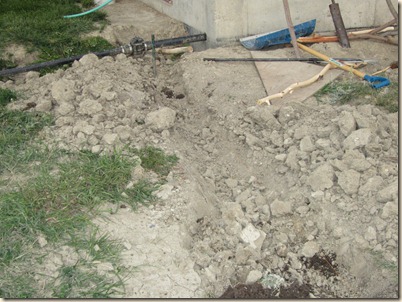


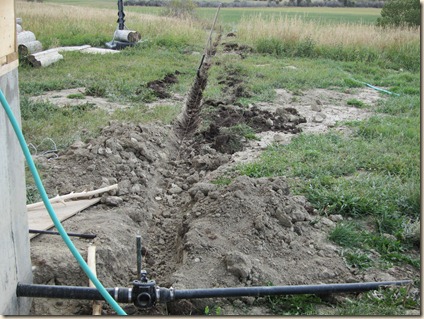
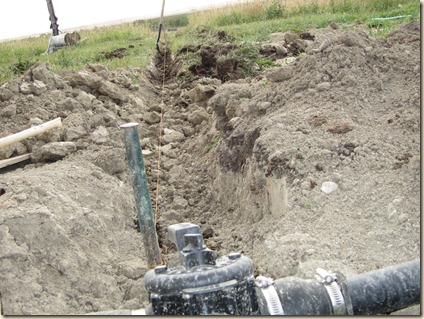
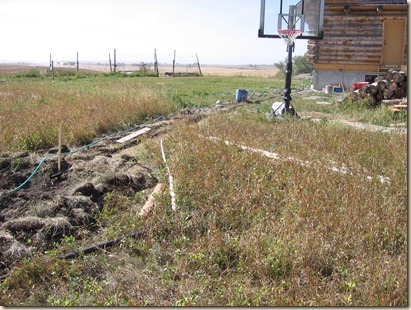


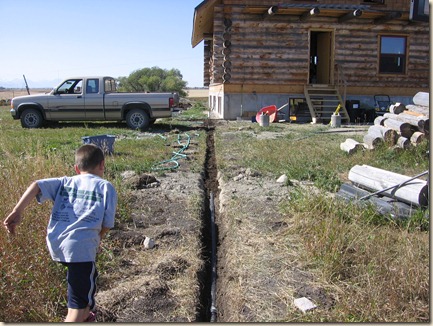

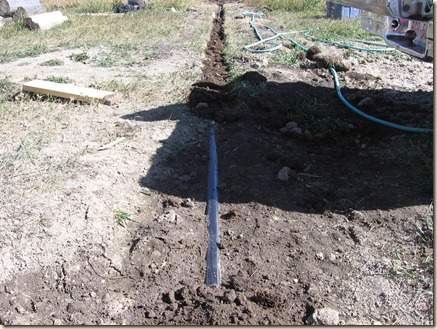

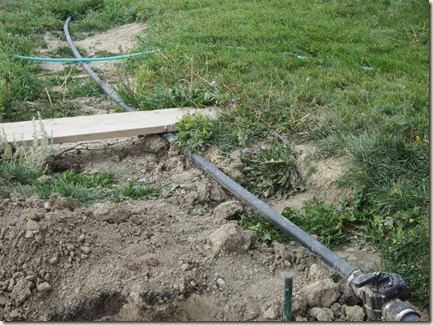
10 Comments
Comments are closed.




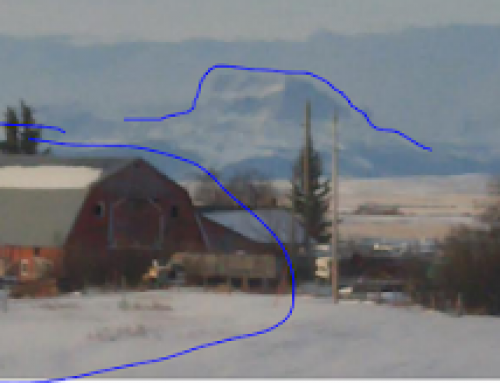
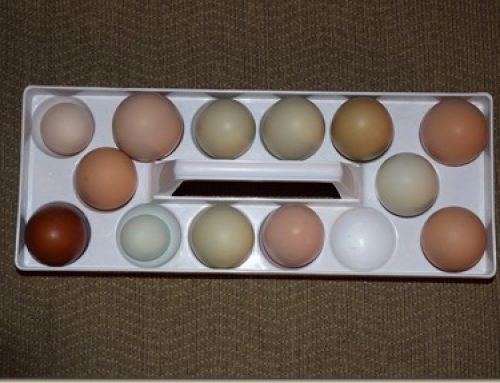
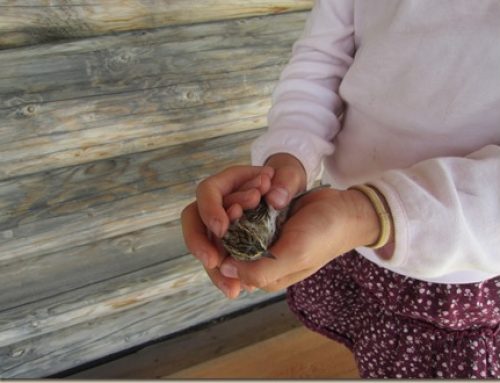
You do know what the "big-bad" & "overly conservative" engineering community has to say about this 'experiment'; so I won't bother repeating myself…That said, GOOD LUCK!
What diameter pipe did you install? How deep did you bury the pipe? Did you add any cleanouts to give you access to the pipe? How deep did you go with the 8×10 mulch pit?
Congratulations on the discovery and use of the water level…I believe the Romans developed that…we still use levels (optical or laser, now) in construction.
We went 2" inside house then switched to 1.5" outside. We have a 3 way diverter value that acts as a clean out.
We buried the pipe about 3 inches but will cover with mulch and insulating type materials for about a foot or so above. The mulch pit is going to end up about a foot deep but will be covered above that as well.
We are hoping the composting nature of the mulch basin will keep the pit naturally warm as well.
I'm sure thankful for those Romans. We didn't know anyone with a transit level.
Any other thoughts, comments, or warnings by the over-designing engineer folk out there? I'm mostly looking for advice or suggestions as we are truly experimenting with this.
Very interesting post. We've been researching this as well and found the same resources. Of course, we live in one of those milder climates you mention. This sort of thing is well off the radar of most professional plumbers, so a pros prediction should be taken with a grain of salt. Having said that, I can't claim any design or engineering knowledge, we're in the same boat as you,!
One thing we realized in our research, is that each system is unique to where it's installed, so I don't think it's necessarily a bad thing to jump right in. That's what we plan to do. Hopefully the glitches will be few!
@Leigh- Well, if it works for us it should work for you. I'll keep you updated to our "should have done's". Right now freezing is a major concern and if you don't have that to worry about it would be a delight.
It sounds like you've gone to a lot of trouble to get things right, I hope it works for you! We drain our bath and washing machine water into a drum under the house (house is raised up about 1m off the ground) and pump that water onto our vege garden each day. This is technically illegal in our state, but we'll just change it back before selling the house (hence the temporary nature of it), and can send all water to septic if we want to through a three-way valve. I know you're not using the water at first, but I just wanted to tell you that you can use it, we have been using it for 3 years, with no problems with plant or human health. If you can put your garden downhill from your house you won't even need a pump! In winter, if we have more water than the garden can use, I just put the sprinkler on the lawn instead. Cheers, Liz
We've considered using a surge tank but decided to make it simple this go around as I think a surge tank may have issues in a really cold climate. I think we will use the grey water on our fruit trees. Still haven't decided on our garden. Glad to hear it worked for you as that gives me some encouragement.